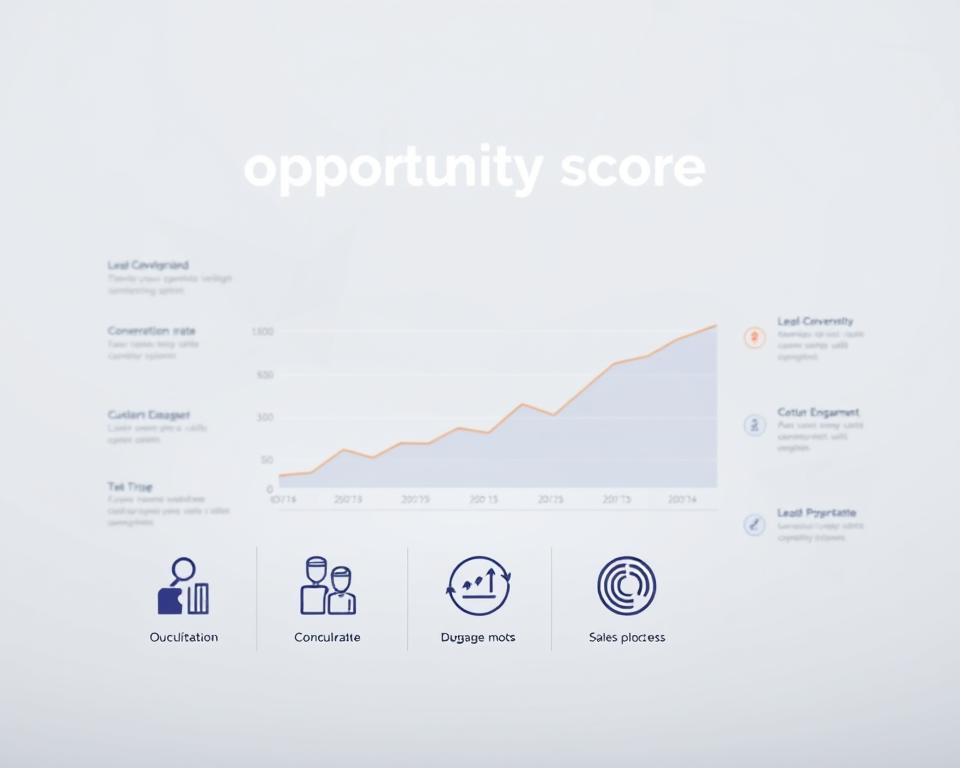Anúncios
ai for opportunities is a practical starting point you can use today to spot meaningful change in business and public services.
Why this matters now: artificial intelligence is shaping how decisions get made and how teams work. The scale of this transformation echoes the internet and the Industrial Revolution. Leaders in the United States are watching trends that could shift markets in the next few years.
You will get clear, honest steps and examples that show real impact without hype. This guide keeps things practical. It covers how technology helps analytics, boosts customer services, and speeds workflows while keeping human judgment central.
What to expect: simple actions you can test, guardrails to protect people and data, and tips to read signals in your industry. Use these pages to explore responsibly, check reliable sources, and plan pilots that match your goals.
Why ai for opportunities matters right now
Today’s tools let people turn large datasets into usable insight without removing human judgment. That means smarter prioritization and faster answers for teams in the United States.
Practical changes you can see
Scientific labs have sped discovery. City portals now deliver better services. Small businesses use analytics to refine marketing and supply chains.
Collaboration and responsible adoption
Policymakers, companies, and communities are building an AI Opportunity Agenda to balance innovation with safeguards. This shared strategy guides transparency, accountability, and training.
“Progress shows impact across industries, but real gains come when tools augment human work.”
- Workers and experts keep oversight while tools flag priorities.
- Define outcomes, estimate risk, and set controls before pilots.
- Expect practical gains in the near term and steady improvement over years.
The transformation is real, but your path can be steady. Pair clear goals with data quality and trained teams to shape benefits across the world.
ai for opportunities: practical ways you can start today
Pick a practical problem and design a short pilot to see what works. Start with one clear question tied to your businesses or industries. Keep the scope small so you can measure value quickly.
Market and customer insights you can act on
Combine search trends, site analytics, and social listening to spot demand shifts and sentiment. Use tools that summarize feedback and flag common complaints.
Example: predict demand to adjust ordering and staffing, which reduces stockouts and overstock.
Operational efficiency without sacrificing quality
Map high-volume tasks and their risk. Automate low-risk steps like data entry, scheduling, and first-pass resume screens. Keep humans to review exceptions and final decisions.
Measure cycle time, error rates, and detection-to-response metrics in cybersecurity pilots to verify real gains.
Personalization that respects people’s time and preferences
Test recommendations or message variants with clear consent and short preference centers. Offer easy opt-outs and track satisfaction and escalation rates.
- Quick wins: summarize feedback, predict short-term demand, or pilot smart routing in customer services.
- Guardrails: document data sources, run bias checks in hiring, and set review cycles.
- Approach: treat solutions as experiments, not universal fixes; iterate based on measured results.
Designing a responsible AI strategy that earns trust
Set a narrow objective and baseline metrics first; tools should follow the strategy.
Start each project with a one‑page brief. Name the problem, baseline, target, constraints, and handoff points. This keeps work tied to outcomes before any tool choice.
Set goals before tools
Define success criteria up front. Use short briefs so teams focus on results. That reduces wasted time and clarifies who owns which metrics.
Data quality and inclusion
Build datasets with clear lineage and consent. Apply frameworks like the Monk Skin Tone Scale to test models across demographics. Document audits and keep records so your systems stay fair across industries and services.
Risk, safety, and governance
“An AI Opportunity Agenda asks government, industry, and civil society to align on safeguards and public benefit.”
Map risk across data, models, and systems. Assign owners for detection, response, and escalation. Set service‑level expectations and update your risk register after pilots.
Measure, iterate, and document
- Keep humans in the loop at decisions that affect staff or customers.
- Require short written reports for reviewers to record rationales and edge cases.
- Monitor models for drift, log changes, and have rollback plans if performance degrades.
Start small with limited pilots, publish post‑implementation reports, and update your intelligence and risk registers as you learn. This steady approach eases adoption and helps you manage practical challenges.
Developing your workforce: skills, training, and change management
Start by mapping the skills your teams need and match training to real job tasks. Begin with a short inventory: list roles, the daily tasks they do, and the key skill each task requires. This makes training practical and tied to outcomes.

Build literacy across roles with accessible workshops
Offer layered training tracks. Start with short literacy sessions and office hours for workers. Add targeted workshops for analysts, marketers, and ops leads who will steward new services.
Real examples and no-cost education paths
Use trusted resources to stretch budgets. Programs like Grow with Google and America’s SBDC AI U provide free education and on-demand workshops to reach small businesses and public teams.
Google.org supports workforce development through partners such as Goodwill and IVMF, and some networks use tools to speed grant writing and case summaries. Collect a short report on time saved and what still needs human review.
Change management: communicate, guardrail, support
- Define sign-off: name which decisions always need human approval.
- Schedule learning: make training paid time so adoption feels fair.
- Measure growth: track draft quality, rework, and employee confidence.
“Train, test, and adjust: workers learn best when training ties to real tasks and clear rules.”
Where AI is creating impact today: health, climate, and cities
Concrete projects in healthcare, climate response, and urban systems illustrate current impact.
Healthcare and public health: tools now flag potential breast cancer cases to speed radiologist review. Other systems detect diabetic retinopathy and assist maternal and fetal ultrasound analysis. Teams document validation steps and escalation protocols to protect patient health and equity.
Climate resilience: flood-forecast platforms predict riverine flooding up to seven days ahead and feed emergency dashboards. Wildfire alerts and forecasting help planners time evacuations. Airlines test contrail maps to lower climate risk, and projects speed coral reef preservation work.
Transportation and cities: traffic teams use data to recommend signal timing that cuts stop‑and‑go driving. Computer vision helps crews find and log potholes faster. City dashboards publish clear report summaries and invite community feedback to guide improvements.
- Inclusion and language: Project Relate helps people with non‑standard speech communicate, and multilingual models bridge many languages to improve access to services.
- Small businesses: across all 50 states, local stories show owners using tools to draft documents, organize files, and automate routine communications. Programs like Grow with Google offer training and support.
- Practical note: these solutions work best when paired with training for workers, clear procedures, and measured pilots that record results over time.
“Measure results, document methods, and keep humans in review loops to sustain trust.”
Conclusion
Focus on people and measurable tasks when you plan how technology will shape jobs and services. Match a clear problem with a short pilot, then document what you learn in a brief report.
Invest in training and skills development so workers and the wider workforce gain confidence. Use short learning cycles that pair small tests with reflection and shared resources.
Balance potential and risk by keeping human review on high‑stakes decisions, naming owners, and recording the data and intelligence behind each choice. Share results with leaders and teams, verify facts with trusted sources, and move forward with care.



